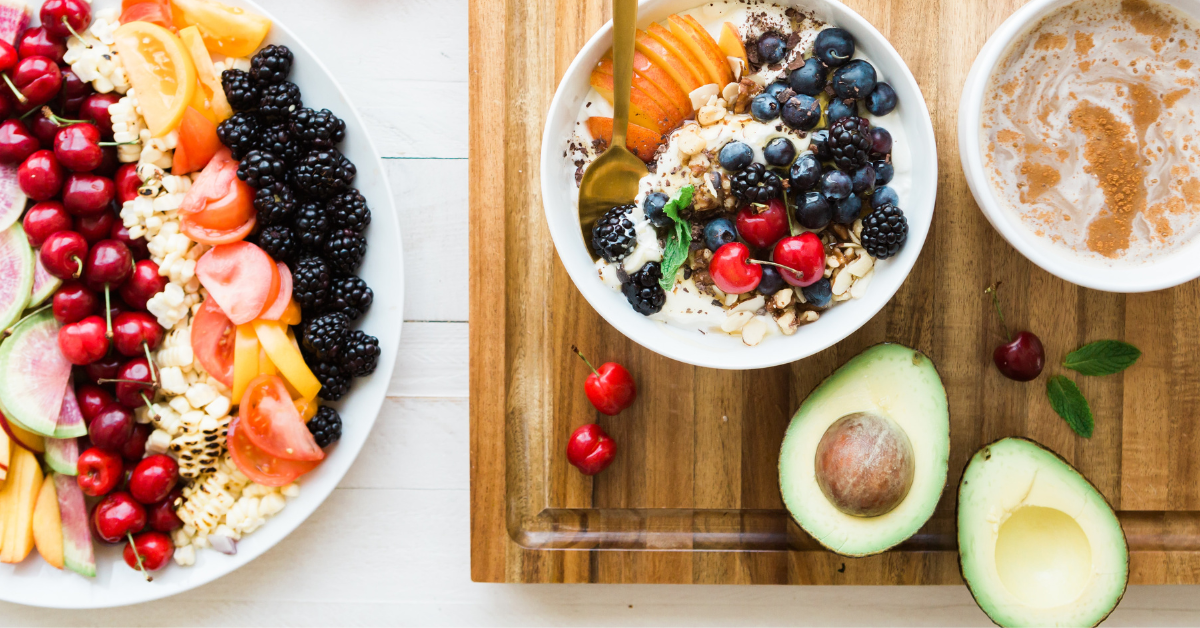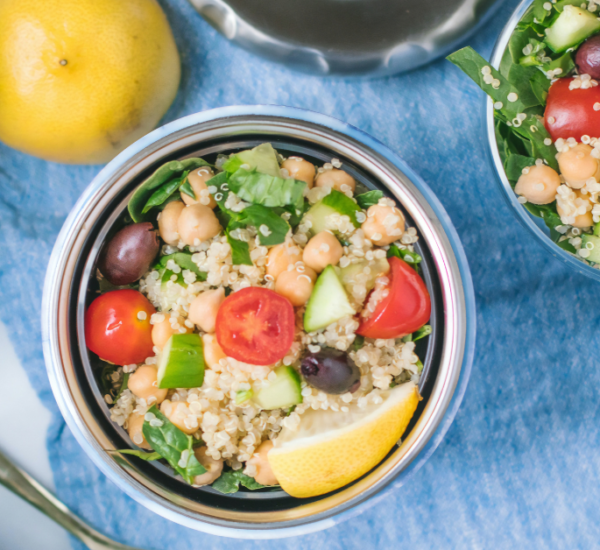Milk, we love it in our coffee, in our smoothies and splashed over our morning muesli. But which type should be your go-to, health-wise? It’s not a simple ‘one fits all’ response, so let’s look at all types so you can choose which might be the best fit for you.
DAIRY MILK
Cow’s milk is a good source of calcium, vitamin D, vitamin B12, phosphorus, riboflavin and niacin.
- Full Fat: If you are an ‘always hungry’ person, then full fat milk can be helpful in keeping you fuller for longer. It is typically higher in calories than other types of milk, so if you’re not having loads of it, it can be a terrific choice. It’s also the perfect option for growing, active kids.
- Low Fat: Low fat milk is a great option if you consume more generous amounts of milk in a day. It still feels creamy as it often has skim milk powder added to it to improve the mouthfeel. It’s a terrific source of protein and lower in calories than full cream. A good choice for more inactive school-age kids.
- Skim: Skim milk has had the fat skimmed off the top, resulting in a less creamy milk. Despite being described as ‘watery’, skim milk is a great source of calcium and protein. It’s also a great re-hydrant after strength training, as it is absorbed more rapidly than full cream varieties.
- A2: A2 milk contains A2 beta-casein proteins which can be easier for those with more sensitive stomachs to digest.
- Lactose-Free: Lactose-free milk is perfect for those who struggle (or cannot) to digest milk sugars (lactose). Lactose-free milk is made by adding lactase (an enzyme) to regular milk, breaking down lactose into simple sugars that are much kinder on the gut. Surprisingly, it can have a sweeter taste than regular milk.
MILK ALTERNATIVES
Try to always look for an alternative that has been fortified with calcium, as this is the nutrient you’ll be most missing out on in not consuming dairy milk.
- Soy: Soy milk compares well with cows milk in terms of fat, protein and sugar ratios. It is often fortified with calcium. There is a broad range out there with different tastes. It can take a while to find the right one for you. It’s a good option for keeping you full, but not all varieties will suit ‘windy’ tummies. If that’s you, look for ones made from soy protein isolate rather than whole soybeans.
- Almond: Commercially bought almond milk is typically around 2% almonds along with a lot of water, emulsifiers and fillers. It’s low in calories but not a good source of protein. Try making your own for the greatest nutritional benefit, but be aware, almonds are not cheap!
- Oat: Slightly higher in protein and fibre than almond milk, oat milk is an option for vegans as well as those sensitive to nuts and soy. Watch the amount of sugar in oat milk as some brands add quite a bit to improve the palatability.
- Rice: Being largely carbohydrate, rice as milk is not particularly filling. Although it is an adequate option for those prone to allergies. Like oat milk, it’s important to watch the sugar content.
With such a huge range of different milks out there, there is a milk type for everyone. To find your perfect product, think about your situation and make an informed decision based on your needs and taste preferences.
You might also like:
Oats 3 Ways: Recipes To Save You Time And Money
Free Recipe: 12WBT Mac And Cheese
What’s The Difference Between Food Allergies And Food Intolerances








